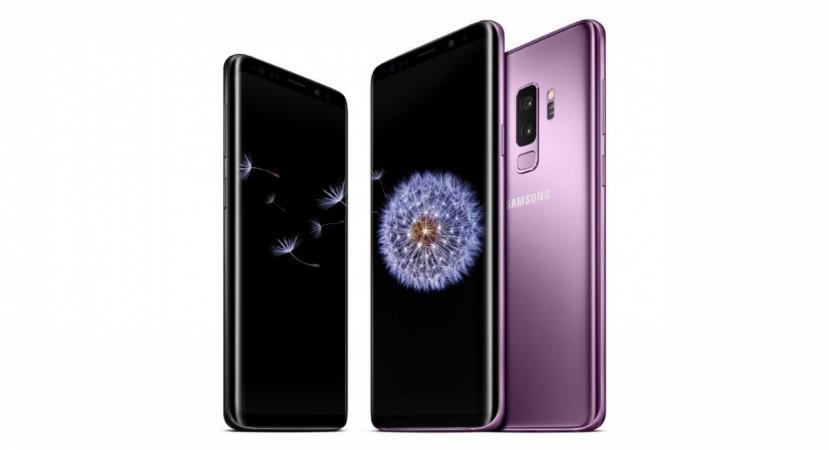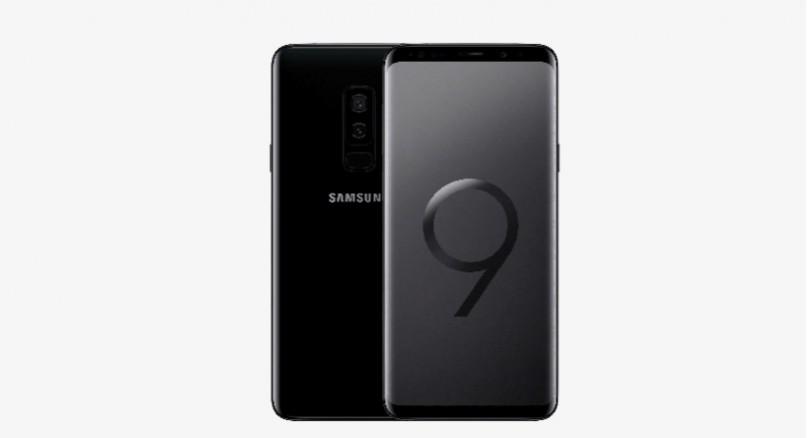
Samsung's latest flagship smartphones – the Galaxy S9 and Galaxy S9+ – were released earlier this month. While the devices pack arguably the best hardware (cameras included) in any Android smartphone till date, many users have reported "dead spots" on the touchscreen displays of the latest Android flagships.
Ideally, the touchscreen should be working seamlessly, especially when the smartphone is one of the best flagships out there.
Samsung's Galaxy S9 and S9+ have some of the best displays on the market. Their 5.8-inch and 6.2-inch Super AMOLED screens come with QHD+ resolution and offer exceptional viewing experience. But touchscreens of some devices seem to have an issue.
Many Samsung Galaxy S9 and Galaxy S9+ users are complaining about the "dead spots" on their recently purchased phones.
Apparently, touchscreen "dead spots" or "dead zones", are the areas of a phone's touchscreen that do not register a touch input.
Several users on Reddit and other Samsung forums have been raising issues regarding the defective screens on their Galaxy S9/S9+ units.
The reports suggest that users are facing "touch input not responding" issue, especially on the bigger Galaxy S9+ model. Although there have been a couple of claims that name the Galaxy S9, the problem seems to be more prevalent in the Galaxy S9+.

According to Android Police, the problem of dead spots manifests as a block of the touchscreen's digitizer fails to work or respond.
Interestingly, not all users are reporting the issue in a particular area of the display. Some claim that the top of the screen is not accepting the touch input, meaning users are not able to pull down the notification tray.
For others, the dead spots are at the bottom of the screen, which means they are unable to press certain keys on the keyboard since the bottom of the screen is the traditional keyboard input area.
However, some users have been able to solve or reduce the problem by increasing the touchscreen sensitivity under the phone's settings. And for some, factory resetting seems to solve the issue. But for most users, the issue seems to return especially when swiping.
A lot of users facing even more severe touch-related issues are also expecting a trade-off with a new device in exchange for their faulty device.
This is not the first time a flagship smartphone has been marred by display touch responsiveness issues. In the past too, several units of the Google Pixel 2 XL reportedly had unresponsive edges wherein the touch input wasn't registered at the edges of the phone's screen. However, the issue was found to be software-related and was resolved later.
Meanwhile, Samsung has issued a statement on the issue saying, "At Samsung, customer satisfaction is core to our business and we aim to deliver the best possible experience. We are looking into a limited number of reports of the Galaxy S9/S9+ touchscreen responsiveness issues. We are working with affected customers and investigating."
Source: Android Police

















